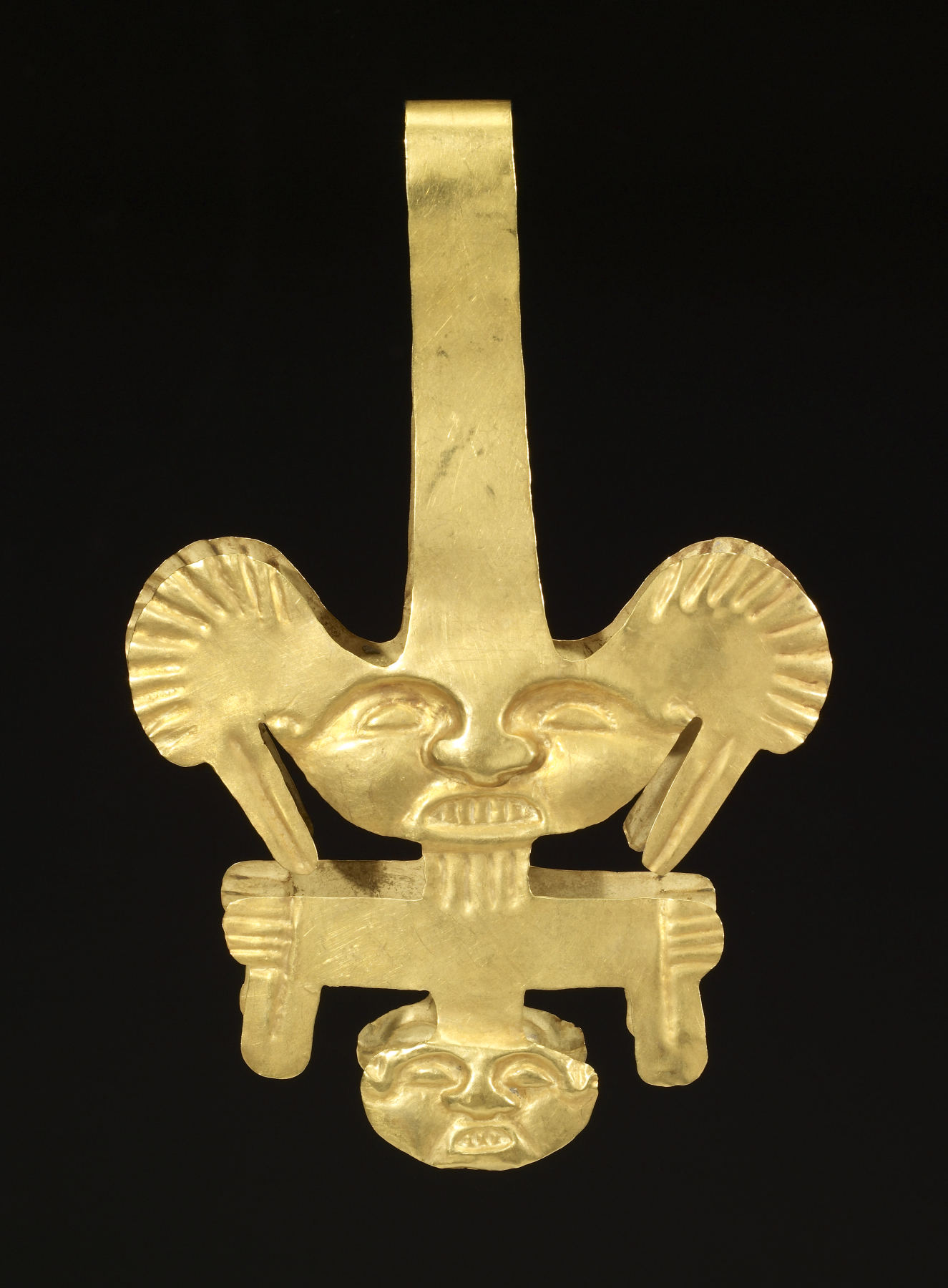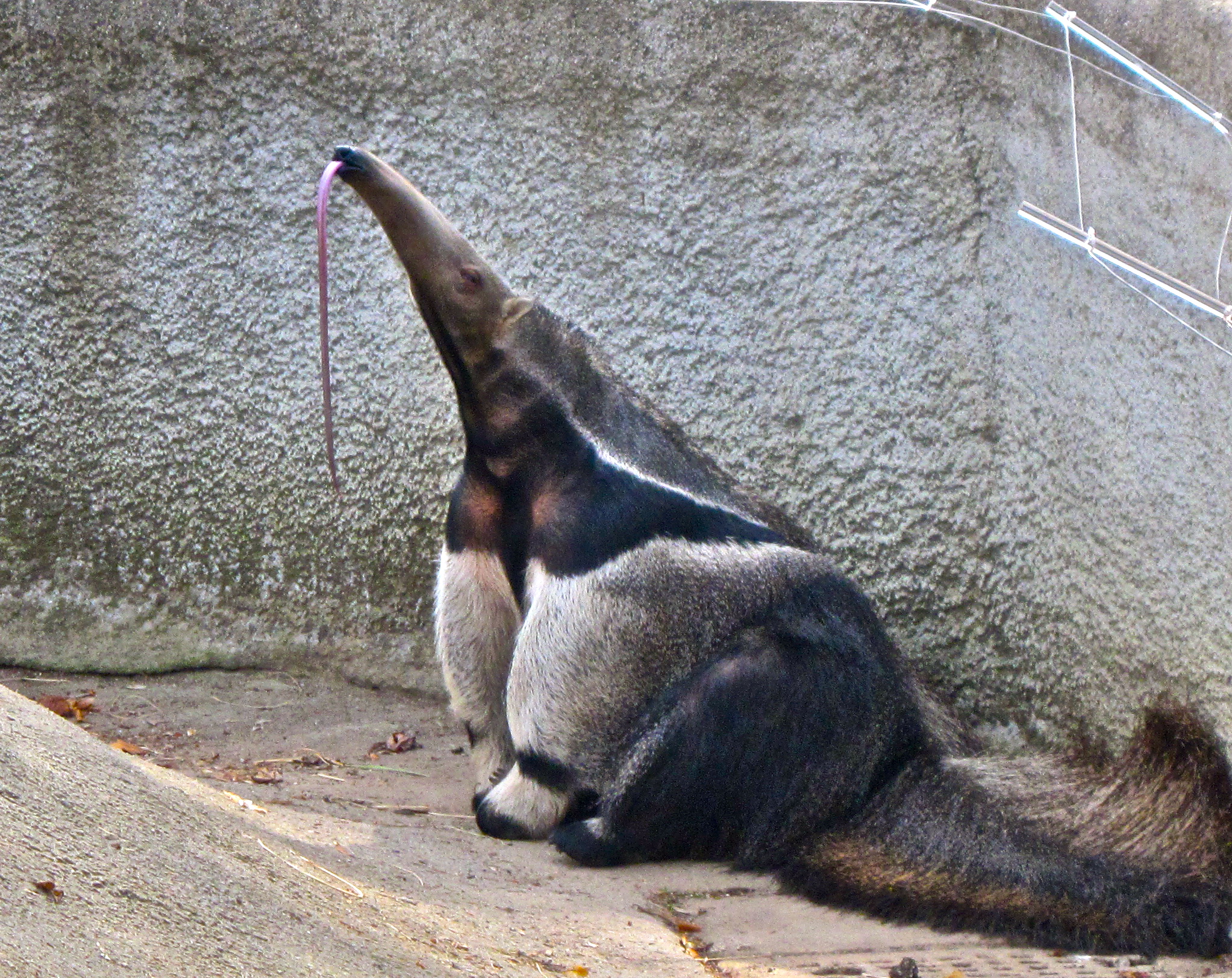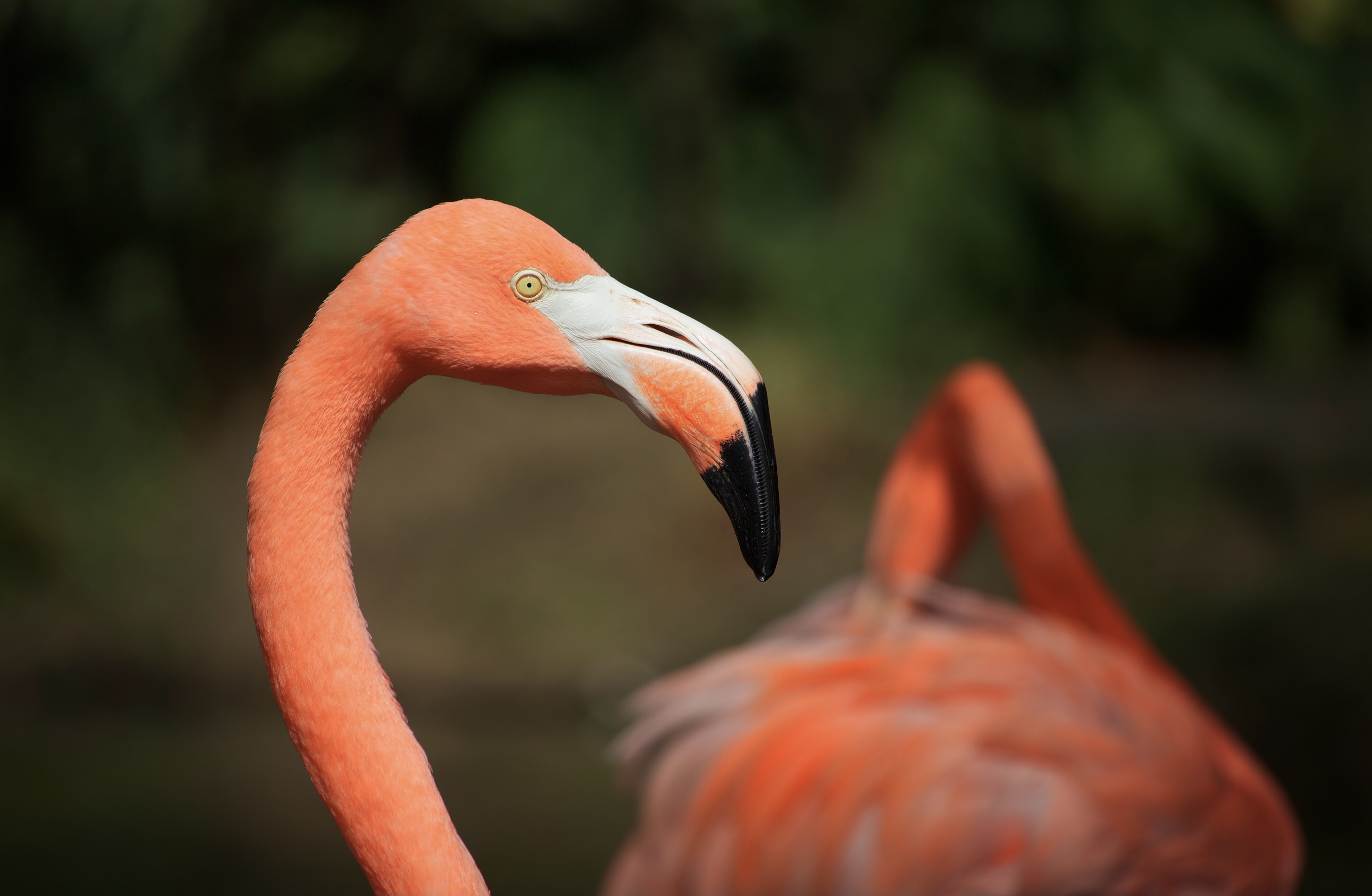|
Cali Zoo
Cali Zoo is located in the city of Cali in the country of Colombia. The Zoo belongs to a foundation that carries its name and whose mission, since it took the zoo's administration in 1981, has been to improve the animals' diet, their natural environment, and the medical care of the existing fauna. Cali Zoo promotes and performs different educational, recreational and investigative programs. The Cali Zoo's are home to about 1,200 animals, representing some 180 species - from lemurs to condors. The Cali River runs through the zoo's park-like grounds. History The zoo started with animals in narrow and dirty cages, with basic levels of care and feeding. With local government support and contributions from citizens, Cali Zoo began a transformation into a modern zoo. The old cages were replaced with new comfortable and spacious exhibits. Animals were relocated according to their species, rather than the prior indistinct organization. The Cali Zoo Foundation started focusing on eac ... [...More Info...] [...Related Items...] OR: [Wikipedia] [Google] [Baidu] |
Santiago De Cali
Santiago de Cali (), or Cali, is the capital of the Valle del Cauca department, and the most populous city in southwest Colombia, with 2,227,642 residents according to the 2018 census. The city spans with of urban area, making Cali the second-largest city in the country by area and the third most populous after Bogotá and Medellín. As the only major Colombian city with access to the Pacific Coast, Cali is the main urban and economic center in the south of the country, and has one of Colombia's fastest-growing economies. The city was founded on 25 July 1536 by the Spanish explorer Sebastián de Belalcázar. As a sporting center for Colombia, it was the host city for the 1971 Pan American Games. Cali also hosted the 1992 World Wrestling Championships, the 2013 edition of the World Games, the UCI Track Cycling World Championships in 2014, the World Youth Championships in Athletics in 2015 as well as the inaugural Junior Pan American Games in 2021 and the 2022 World Athletic ... [...More Info...] [...Related Items...] OR: [Wikipedia] [Google] [Baidu] |
King Vulture
The king vulture (''Sarcoramphus papa'') is a large bird found in Central and South America. It is a member of the New World vulture family Cathartidae. This vulture lives predominantly in tropical lowland forests stretching from southern Mexico to northern Argentina. It is the only surviving member of the genus ''Sarcoramphus'', although fossil members are known. Large and predominantly white, the king vulture has gray to black ruff, flight, and tail feathers. The head and neck are bald, with the skin color varying, including yellow, orange, blue, purple, and red. The king vulture has a very noticeable orange fleshy caruncle on its beak. This vulture is a scavenger and it often makes the initial cut into a fresh carcass. It also displaces smaller New World vulture species from a carcass. King vultures have been known to live for up to 30 years in captivity. King vultures were popular figures in the Mayan codices as well as in local folklore and medicine. Although currently li ... [...More Info...] [...Related Items...] OR: [Wikipedia] [Google] [Baidu] |
Giant Anteater
The giant anteater (''Myrmecophaga tridactyla'') is an insectivorous mammal native to Central and South America. It is one of four living species of anteaters, of which it is the largest member. The only extant member of the genus ''Myrmecophaga'', it is classified with sloths in the order Pilosa. This species is mostly terrestrial, in contrast to other living anteaters and sloths, which are arboreal or semiarboreal. The giant anteater is in length, with weights of for males and for females. It is recognizable by its elongated snout, bushy tail, long fore claws, and distinctively colored pelage. The giant anteater is found in multiple habitats, including grassland and rainforest. It forages in open areas and rests in more forested habitats. It feeds primarily on ants and termites, using its fore claws to dig them up and its long, sticky tongue to collect them. Though giant anteaters live in overlapping home ranges, they are mostly solitary except during mother-offspring rel ... [...More Info...] [...Related Items...] OR: [Wikipedia] [Google] [Baidu] |
Capybara
The capybaraAlso called capivara (in Brazil), capiguara (in Bolivia), chigüire, chigüiro, or fercho (in Colombia and Venezuela), carpincho (in Argentina, Paraguay and Uruguay) and ronsoco (in Peru). or greater capybara (''Hydrochoerus hydrochaeris'') is a giant cavy rodent native to South America. It is the largest living rodent and a member of the genus ''Hydrochoerus''. The only other extant member is the lesser capybara (''Hydrochoerus isthmius''). Its close relatives include guinea pigs and rock cavies, and it is more distantly related to the agouti, the chinchilla, and the nutria. The capybara inhabits savannas and dense forests, and lives near bodies of water. It is a highly social species and can be found in groups as large as 100 individuals, but usually live in groups of 10–20 individuals. The capybara is hunted for its meat and hide and also for grease from its thick fatty skin. It is not considered a threatened species. Etymology Its common name is derived fro ... [...More Info...] [...Related Items...] OR: [Wikipedia] [Google] [Baidu] |
Red Kangaroo
The red kangaroo (''Osphranter rufus'') is the largest of all kangaroos, the largest terrestrial mammal native to Australia, and the largest extant marsupial. It is found across mainland Australia, except for the more fertile areas, such as southern Western Australia, the eastern and southeastern coasts, and the rainforests along the northern coast. Taxonomy The initial description of the species by A.G. Desmarest was published in 1822. The type location was given as an unknown location west of the Blue Mountains. The author assigned the new species to the genus ''Kangurus''. In 1842, Gould reassigned the species to the genus ''Osphranter'', a taxon later submerged as a subgenus of ''Macropus''. A taxonomic restructure in 2015 in ''Taxonomy of Australian Mammals'' by Jackson and Groves promoted ''Osphranter'' back to genus level, redefining the red kangaroo, among others, as species within the genus ''Osphranter''. This was further supported by genetic analysis in 2019. De ... [...More Info...] [...Related Items...] OR: [Wikipedia] [Google] [Baidu] |
Neotropical Otter
The Neotropical otter or Neotropical river otter (''Lontra longicaudis'') is an otter species found in Mexico, Central America, South America, and the island of Trinidad. It is physically similar to the northern and southern river otter, which occur directly north and south of this species' range. The length of the Neotropical otter can range from , plus a tail of . Body weight ranges from . Otters are members of the family Mustelidae, the most species-rich (and therefore diverse) family in the order Carnivora. This otter is found in many different riverine habitats, including deciduous and evergreen forests, savannas, llanos and pantanal. It prefers to live in clear fast-flowing rivers and streams. It is a relatively solitary animal and feeds mostly on fish and crustaceans. Taxonomy The taxonomy of the genus ''Lontra'' has been debated, but the use of ''Lontra'' rather than ''Lutra'' for New World otters is generally supported. The Neotropical otter has a very wide range, cover ... [...More Info...] [...Related Items...] OR: [Wikipedia] [Google] [Baidu] |
Giant Otter
The giant otter or giant river otter (''Pteronura brasiliensis'') is a South American carnivorous mammal. It is the longest member of the weasel family, Mustelidae, a globally successful group of predators, reaching up to . Atypical of mustelids, the giant otter is a social species, with family groups typically supporting three to eight members. The groups are centered on a dominant breeding pair and are extremely cohesive and cooperative. Although generally peaceful, the species is territorial, and aggression has been observed between groups. The giant otter is diurnal, being active exclusively during daylight hours. It is the noisiest otter species, and distinct vocalizations have been documented that indicate alarm, aggression, and reassurance. The giant otter ranges across north-central South America; it lives mostly in and along the Amazon River and in the Pantanal. Its distribution has been greatly reduced and is now discontinuous. Decades of poaching for its velvety pel ... [...More Info...] [...Related Items...] OR: [Wikipedia] [Google] [Baidu] |
Andean Cock-of-the-rock
The Andean cock-of-the-rock (''Rupicola peruvianus''), also known as ''tunki'' (Quechua), is a large passerine bird of the cotinga family native to Andean cloud forests in South America. It is widely regarded as the national bird of Peru. It has four subspecies and its closest relative is the Guianan cock-of-the-rock. The Andean cock-of-the-rock exhibits marked sexual dimorphism; the male has a large disk-like crest and scarlet or brilliant orange plumage, while the female is significantly darker and browner. Gatherings of males compete for breeding females with each male displaying his colourful plumage, bobbing and hopping, and making a variety of calls. After mating, the female makes a nest under a rocky overhang, incubates the eggs, and rears the young by herself. The Andean cock-of-the-rock eats a diet of fruit, supplemented by insects, amphibians, reptiles, and smaller mice. It is distributed all across the cloud forest of the Andes, having a range of around . Even though ... [...More Info...] [...Related Items...] OR: [Wikipedia] [Google] [Baidu] |
Helmeted Curassow
The helmeted curassow (''Pauxi pauxi'') or northern helmeted curassow, is a large terrestrial bird in the family Cracidae found in the subtropical cloud-forest in steep, mountainous regions of western Venezuela and northern Colombia. There are two subspecies found in different mountain ranges. It is a mostly black bird with a white tip to its tail, a red bill and a distinctive grey casque on its forehead. The population of this bird is in decline and the International Union for Conservation of Nature has rated its conservation status as "endangered". Description It is a large terrestrial black curassow with a small head, large bluish grey casque on forehead, red bill, white-tipped tail feathers, greenish glossed mantle and breast feathers, and white below. Both sexes are similar. Length in adult birds can vary from . The male, at 3.6 kg (8 lbs), is larger than the female, at 2.6 kg (5.8 lbs). Among standard measurements, the wing chord is , the tail is and ... [...More Info...] [...Related Items...] OR: [Wikipedia] [Google] [Baidu] |
American Flamingo
The American flamingo (''Phoenicopterus ruber'') is a large species of flamingo closely related to the greater flamingo and Chilean flamingo native to the Neotropics. It was formerly considered conspecific with the greater flamingo, but that treatment is now widely viewed (e.g. by the American and British Ornithologists' Unions) as incorrect due to a lack of evidence. It is also known as the Caribbean flamingo, although it is also present in the Galápagos Islands. It is the only flamingo that naturally inhabits North America. Distribution The American flamingo breeds in South America (in the Galápagos Islands of Ecuador, coastal Colombia and Venezuela, and northern Brazil), in the West Indies (Trinidad and Tobago, Cuba, Jamaica, Hispaniola (the Dominican Republic and Haiti), The Bahamas, the Virgin Islands, and the Turks and Caicos Islands), and tropical areas of continental North America (along the northern coast of the Yucatán Peninsula in Mexico, and Cameron Parish, Louis ... [...More Info...] [...Related Items...] OR: [Wikipedia] [Google] [Baidu] |
Jabiru
The jabiru ( or ; ''Jabiru mycteria'') is a large stork found in the Americas from Mexico to Argentina, except west of the Andes. It sometimes wanders into the United States, usually in Texas, but has been reported as far north as Mississippi. It is most common in the Pantanal region of Brazil and the Eastern Chaco region of Paraguay. It is the only member of the genus ''Jabiru''. The name comes from a Tupi–Guaraní language and means "swollen neck". Taxonomy Hinrich Lichtenstein described the jabiru in 1819. The name ''jabiru'' has also been used for two other birds of a distinct genus: black-necked stork (''Ephippiorhynchus asiaticus''), commonly called "jabiru" in Australia; and sometimes also for the saddle-billed stork (''Ephippiorhynchus senegalensis'') of Sub-Saharan Africa. In particular, Gardiner's Egyptian hieroglyph G29, believed to depict an ''E. senegalensis'', is sometimes labeled "jabiru" in hieroglyph lists. The ''Ephippiorhynchus'' are believed to be the ... [...More Info...] [...Related Items...] OR: [Wikipedia] [Google] [Baidu] |
Grey Crowned Crane
The grey crowned crane (''Balearica regulorum''), also known as the African crowned crane, golden crested crane, golden crowned crane, East African crane, East African crowned crane, African crane, Eastern crowned crane, Kavirondo crane, South African crane and crested crane, is a bird in the crane family, Gruidae. It is found in eastern and southern Africa, and is the national bird of Uganda. Taxonomy The grey crowned crane is closely related to the black crowned crane, and the two species have sometimes been treated as the same species. The two are separable on the basis of genetic evidence, calls, plumage and bare parts, and all authorities treat them as different species today. There are two subspecies. The East African ''B. r. gibbericeps'' (crested crane) occurs in the east of the Democratic Republic of the Congo and in Uganda, of which it is the national bird represented in its national flag, and Kenya to eastern South Africa. It has a larger area of bare red facial s ... [...More Info...] [...Related Items...] OR: [Wikipedia] [Google] [Baidu] |









_head_2.jpg)